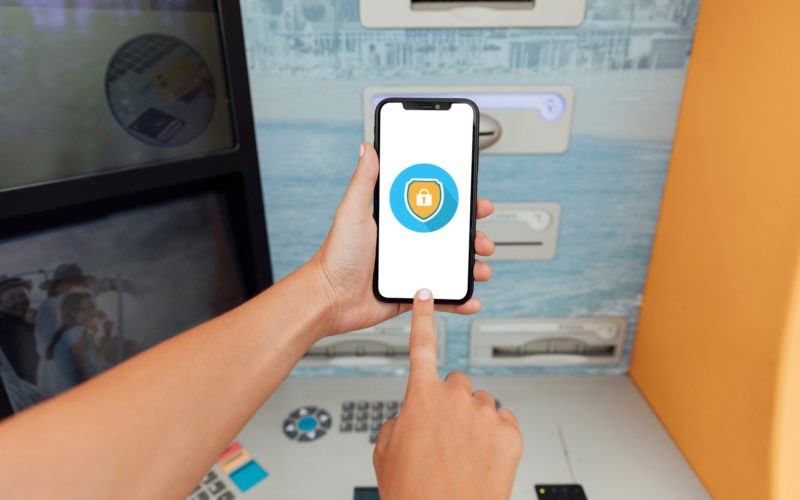Mobile devices have become indispensable for storing everything from personal contacts to business files. This reliance on smartphones makes it crucial to protect the data within them. Factory Reset Protection (FRP) was introduced by Google to enhance data security. However, it can also cause issues for users who, for various reasons, may find themselves locked out of their own devices. This article explores the FRP lock issue, why it happens, and practical ways to resolve it.
What is FRP Lock?
FRP, or Factory Reset Protection, is a security feature implemented by Google for Android devices running version 5.1 and above. Its main function is to prevent unauthorized access to a phone if it’s reset to factory settings without the owner’s permission. If someone tries to reset a phone, they must re-enter the last Google account credentials used on the device. This security measure is aimed at deterring thieves and ensuring that the device remains accessible only to the original owner.
While FRP is a strong security feature, it can sometimes work too well. Many users find themselves locked out of their own devices after forgetting their Google account information or purchasing second-hand devices with FRP still enabled. If you’re in this situation, you may be Looking for an effective FRP unlock tool? Read on to discover various solutions and preventive tips to avoid this problem in the future.
Why FRP Lock Can Become a Problem
Though intended as a safeguard, FRP lock can inadvertently cause issues for legitimate users. Here’s why:
1. Forgotten Credentials: Not everyone remembers the credentials tied to every device. Many users set up a Google account years prior and may have forgotten the details.
2. Pre-owned Devices: Buying second-hand smartphones can be risky if the previous owner didn’t properly reset the device. If the FRP lock is still in place, new users could end up locked out.
3. Multiple Google Accounts: Some users juggle multiple Google accounts, and remembering which account was last used on a device can be challenging.
Understanding the root causes of FRP lock issues can help you prevent them. However, if you’re already locked out, there are ways to unlock your device effectively.
Common Methods to Bypass FRP Lock
Unlocking an FRP-locked device can be tricky, but there are several approaches worth exploring. Let’s take a closer look at the most common FRP unlock methods.
1. Using Google Account Recovery
If you’re locked out because of forgotten credentials, Google’s account recovery tool is the first place to start. This method involves answering security questions, verifying backup email addresses, or receiving a recovery code to regain access to your account.
- Pros: It’s a secure and reliable option for users with forgotten credentials.
- Cons: This only works if you still have access to your recovery methods (email or phone number).
2. Contacting the Original Owner
For users who bought a second-hand device with FRP lock enabled, contacting the previous owner can be a straightforward solution. The original owner may be able to unlock the device by signing in with their Google credentials and then removing the account before handing it back to you.
- Pros: Easy if the original owner is available.
- Cons: Not feasible if the original owner cannot be reached.
3. Using a Reliable FRP Unlock Tool
Various FRP unlock tools are available that can help you bypass the FRP lock. These tools are specifically designed to unlock devices without the need for the original Google credentials. However, caution is advised, as not all tools are legitimate, and some may compromise your data privacy.
When choosing an FRP unlock tool, look for reputable software providers with positive user reviews and testimonials. These tools often require a computer connection and some technical knowledge, but they can be an effective way to regain access.
- Pros: Quick and straightforward; does not require original credentials.
- Cons: Some tools may be risky or ineffective; always research thoroughly before using.
How to Prevent FRP Lock Issues
While there are ways to bypass FRP lock, preventing the issue from happening in the first place is preferable. Here are some tips to keep in mind:
1. Always Note Down Your Google Account Credentials
If you’re setting up a device with a Google account, make sure to note down the login details somewhere safe. Use password managers if needed, as they can help securely store credentials for future reference.
2. Remove Google Accounts Before Resetting or Selling the Device
Before resetting or selling a device, go to the settings and remove any Google accounts associated with it. This step disables the FRP feature and ensures the new owner won’t encounter any FRP lock issues.
3. Use Only Trusted FRP Unlock Method
If you find yourself in a situation where you need to bypass an FRP lock, rely only on trusted methods and software. Avoid dubious methods or software sources that may compromise your data security.
Choosing the Right FRP Unlock Tool: Things to Consider
If you decide to use an FRP unlock tool, selecting a reliable one is essential. With so many options available, how can you make the best choice? Here are a few factors to consider:
1. User Reviews and Testimonials
Reading user reviews and testimonials can provide insights into the effectiveness of the tool. Look for tools with positive ratings and feedback from other users who have successfully unlocked their devices.
2. Device Compatibility
Not all FRP unlock tools work with every Android device. Ensure the tool you choose supports your specific make and model to avoid compatibility issues.
3. Technical Support
Choose tools from providers that offer customer support, in case you run into any issues during the unlocking process. Reliable support can make the process smoother and ensure any problems are addressed promptly.
4. Privacy and Data Security
Data security is crucial when using third-party tools. Ensure the provider you choose has a good reputation for maintaining user privacy and data security.
Legal Implications of Using FRP Unlock Tools
Before using an FRP unlock tool, it’s essential to understand the legal considerations. Bypassing FRP locks on a device you own is generally legal, as it’s within your right to access your property. However, unlocking a device you do not own, or doing so without permission from the owner, could have legal consequences.
When purchasing second-hand devices, it’s always best to ask the seller to verify that the FRP lock has been disabled before completing the sale. This simple precaution can save you from legal trouble and ensure the device is genuinely yours to use.

Final Thoughts on Dealing with FRP Lock Issues
FRP lock issues can be inconvenient, especially if you’re unable to access a device you own. However, by understanding what causes FRP lock and knowing your options, you can regain access safely and efficiently. Whether you choose to use an FRP unlock tool or rely on Google’s account recovery methods, remember to prioritize data security.
For those who may find themselves frequently dealing with different devices, taking preventive steps like removing Google accounts before factory resets or keeping track of login credentials can save significant time and effort. Following these best practices will help you enjoy a seamless and secure mobile experience without the risk of losing access.












